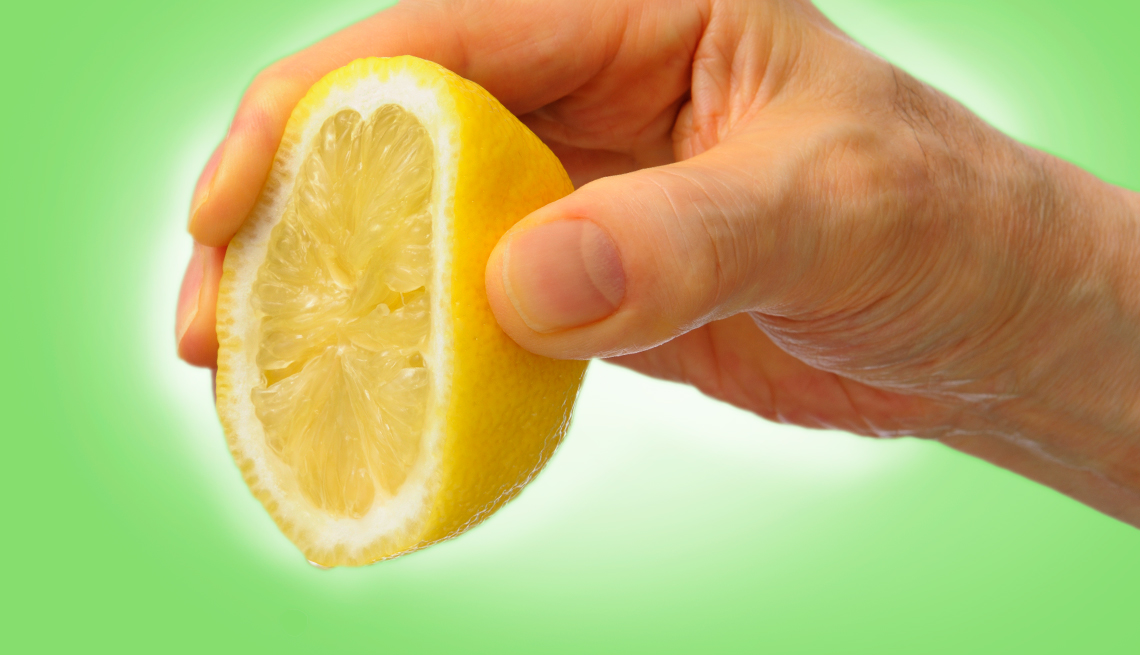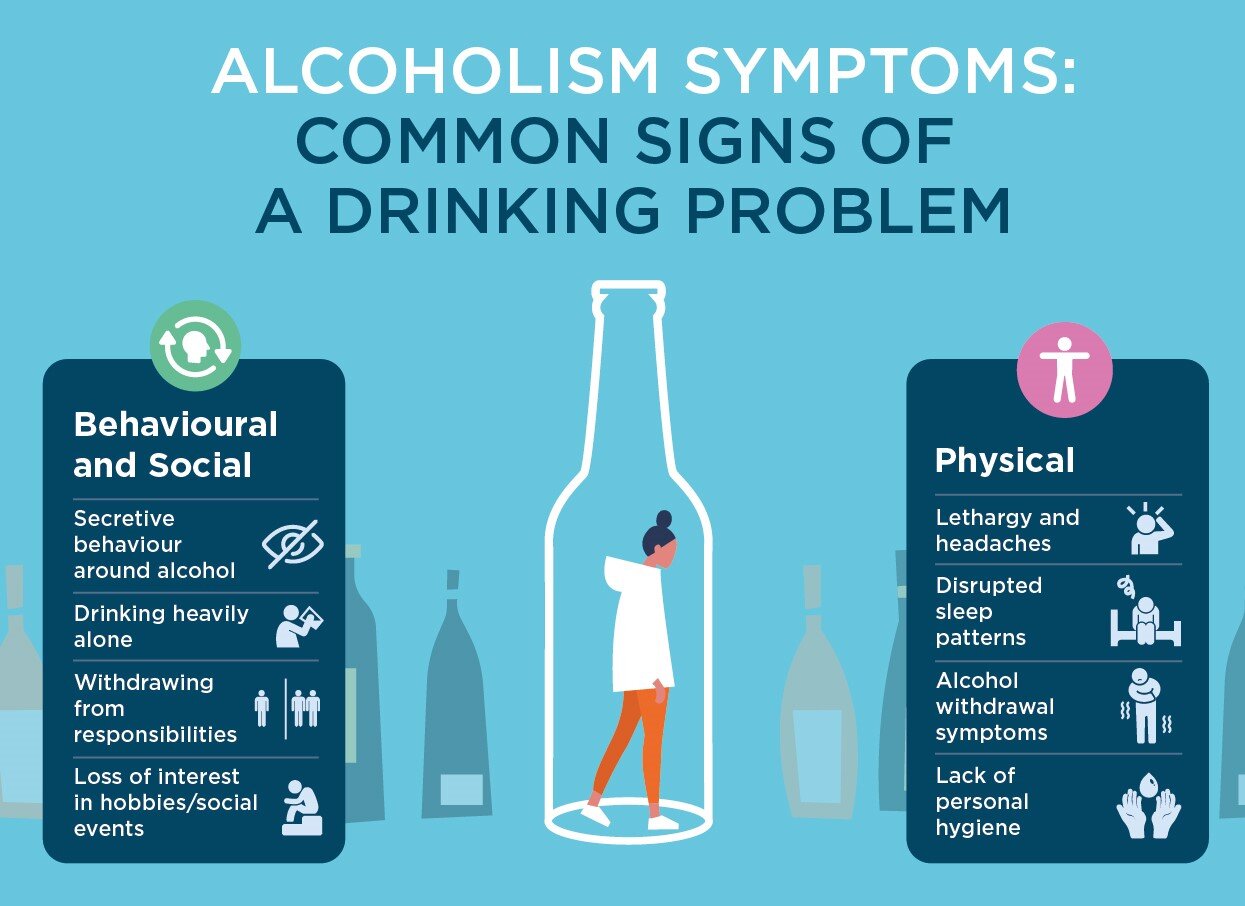Women who lead an active life often want an effective birth control option. They want a solution that will enable them to move around freely, accomplish their tasks, and avoid pregnancy for as long as they want to. It is here that most women thought that the Paragard IUD (intrauterine device) was the best fit, only to find out the discomfort later.
The FDA initially sanctioned the Paragard IUD, which is a non-hormonal birth control device for sale, back in 1984. It is a small, T-shaped, flexible plastic wrapped in copper. Women need to get it implanted in their bodies by medical providers in a doctor’s chamber or clinic. The device was said to be effective in preventing pregnancy for almost a decade. Whenever a woman wants to have a baby, she can get this device removed.
Even though this device was marketed as safe and effective, there has been news about women facing problems with it. Some women complain of the device breaking inside their bodies and the need for costly surgeries to correct the situation. The increasing number of lawsuits confirms the suffering that women globally are facing because of it.
In this article, we are going to discuss the side effects of implanting the Paragard IUD. Women need to know these facts before they decide to get this device inserted into their bodies.
The Paragard IUD Lawsuits
Other than device breakage inside their bodies, women have also complained of infertility issues because of Paragard IUD implantation. According to Drugwatch News in September 2023, it was in December 2020 that the judges on the U.S. Panel on MDL sent out a transfer order to centralize the legal cases from the court throughout the country in the Northern District of Georgia. About 80 cases have been pending, and the lawyers are anticipating more.
Women who have suffered after using this device can file a Paragard IUD lawsuit and seek compensation to cover the damages and physical suffering they faced. The other defendants include:
- Teva Pharmaceuticals USA
- The Cooper Companies, Inc.
- CooperSurgical, Inc.
- Teva Women’s Health, Inc.,
- Teva Branded Pharmaceutical Products R&D
The Side Effects of Paragard IUD
Despite its efficacy, women are in two minds about using this birth control option. It is because the Paragard IUD comes with a host of side effects that can aggravate a woman’s health. Other than costly surgeries, she might face irregularities in her periods and pain that will create an obstacle to her ability to cater to her daily chores.
The crucial side effects of the Paragard IUD that you should know about before opting for one include:
Heavy Periods and Acute Cramps
Women often experience cramps both during and after the insertion of the IUD. While for some the cramps reduce fast, for others they carry on for a long time, which could even be a few weeks. It is also possible for women to have cramps during their period and a prolonged menstrual cycle.
These changes were the main reason why most women stopped opting for Paragard IUDs. However, with correct medical care and attention, this side effect can become better within three to six months. Even though OTC pain relievers can help ease the pain, it is always better to consult a doctor and take the medicine that they prescribe.
Vaginitis
It is an inflammation in the vagina that women develop after the Paragard IUD insertion process. Some symptoms to note include an unpleasant odor, itching, abnormal discharge, and a burning sensation.
There are times when this takes place because of bacterial vaginosis, which is a bacterial infection. The doctors might suggest that you take an antibiotic pill or use a prescription gel or cream to treat it. Even though it is rare, a bad smell or abnormal discharge can also be because of PID (pelvic inflammatory disease).
Anemia
With heavy periods because of Paragard IUD insertion, women can have more blood loss than usual every month. It can make them suffer from anemia because of reduced iron levels. Women might not get to see any visible symptoms of this. However, some signs that can indicate anemia are headaches, hair loss, brittle nails, and dizziness.
You must inform your healthcare provider about this and get the necessary blood work done to confirm anemia. That will help you in the future course of treatment.
IUD Expulsion
This happens when the IUD gets completely or partially pushed out of the uterus. The device can move out and get stuck on the uterus wall. It can become very challenging to remove it without surgery. Furthermore, the IUD might also shift to any other parts of the body, which can lead to bleeding, pain, or, no symptoms.
Hence, it can be seen that the dangers exceed the benefits, which is why women are thinking twice before opting for this device. However, the ones who have suffered from it can file a lawsuit under the guidance of a lawyer and ask for their due share of compensation.
TorHoerman Law says that a lawyer takes on the responsibility of evaluating the case and letting the patient know if they are eligible to file a lawsuit. They prepare the case in a way that the patients get their compensation without delays. The lawyers also update the victims about the probable settlement payout so that they stay informed and have practical expectations.
In conclusion, women today would want to decide for themselves whether they want a baby or not. Hence, they would like to opt for birth control methods that are hassle-free and allow them to go about their lives.
Even though the Paragard IUD seemed to be the ideal choice at the start, the dangers started to emerge gradually. Therefore, women need to weigh and assess the birth control choices they want to resort to. However, those who have been affected by this device should seek both medical and legal aid.

 Entertainment3 months ago
Entertainment3 months ago
 Entertainment3 months ago
Entertainment3 months ago
 Entertainment4 months ago
Entertainment4 months ago
 Tech3 months ago
Tech3 months ago
 Fashion5 months ago
Fashion5 months ago
 Entertainment2 months ago
Entertainment2 months ago
 Entertainment3 months ago
Entertainment3 months ago
 Life Style3 months ago
Life Style3 months ago



